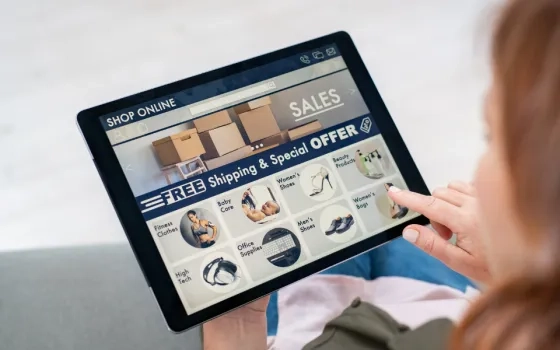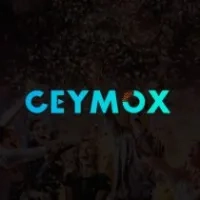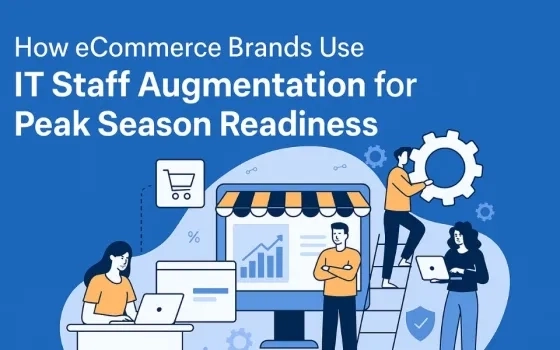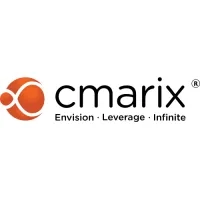The major principle behind an effective design of a homepage of your e-commerce store lies in its visual hierarchy. You can deliver the brand message quickly with a strong visual hierarchy. The CTA (call to action) offers a clear next step to navigate users beyond the homepage and towards the product detail pages.
Altogether, these two are the most important components for designing an effective homepage. In this article, we will go through the 12 important guidelines for the best homepage design in your e-commerce store:
Where to start with e-commerce homepage design?
Focus on the objective of your business. Rank the importance of elements on your homepage on the basis of business objectives. Here are some important considerations:
- On which elements do you want the users to click?
- Which information is vital for the users to read?
- Which pricing plan do you want them to choose?
After knowing the priorities, you can properly set the visual hierarchy. The important stuff should be easily conspicuous while the less important elements are lower in the visual hierarchy.
More important links are more prominent.
- If there are 10 menus on your website, are all of them equally important?
- On which menu do you want users to click?
- How likely are users to take action on a CTA?
We consider these three factors highly important while evaluating calls to action.
12 Guidelines for Best Homepage Design:
1. Avoid meaningless, extra design element which increases the load:
As per Google research, users not just judge the website as beautiful in 1/50th of a second but also that a visually complex website is less beautiful for them vis-à-vis a simple alternative. Moreover, the “highly prototypical” sites which have layouts of their niche and simple visual design are considered as most beautiful websites. In short, simple is beautiful. You must follow the same in your homepage design as well.
A less complex website doesn’t require your brain and eyes to put effort to decode, store, and process the information. If there are huge variations of the colour and light on your homepage it will increase the complexity and in turn efforts by the brain and eyes. Thus, make sure that every element – logo, typography, colour, etc. should communicate with your brand and industry.
2. Visual hierarchy should follow information hierarchy:
Match the size and location of the content with its relative importance. In terms of size, the bigger elements always get more attention. In terms of location, the top elements get the most attention. Apply this common principle in the design of your homepage.
Also, remember that in e-commerce homepage design, the section close to the top of the homepage is of utmost importance. Important elements like logo, CTA, value proposition, navigation menus, should be placed here in a bigger format. On moving down, the less important elements should be displayed with the size of the thumbnails decreasing.
3. Transactional menu should be placed higher in the visual hierarchy than the context menu:
Which is the more important section for a user on the site homepage – FAQs (content section) or product list (transactional section)? Remember, we are considering an e-commerce website thus the focus is more on selling than browsing.
A customer is more interested in products thus transactional sections should be displayed first on the homepage. Follow convention to determine the best placement for a transactional menu:
- Generally, the product list is located on the front and centre of the homepage but also has placed on a vertical menu down the left side of the page.
- Transactional menu should be of bigger size
- To attract the users, you must place it in a coloured banner contrasting the background
- Or you can design a border around the menu for a similar effect
- Leaving a white space around the menu is also a good technique
4. Value proposition should be placed above the fold:
There is a section on the website which users can see without scrolling down, it is called "Above the fold". The term is derived from newspapers that folded in half, so the important information is on the top half, above the fold.
While designing a long homepage, it is important to prioritize the content: serve the critical information first and vice versa.
The value proposition is a central component of any homepage. It communicates to the users telling them how the company is different and better than its competitors. As a homepage cornerstone, value propositions should be placed above the fold where they have the highest chance of garnering attention.
5. Give attention to the navigation menu
The navigation menu is a very important element on the homepage of your e-commerce site. A huge portion of users just ignore the complete homepage elements and move directly to the navigation menu.
Recently, the designers were experimenting with hidden and partially visible navigation menus. However, research shows that hiding the navigation menu degrades the user experience and content discoverability. Thus, the navigation menu should be easily visible to the users. Use a banner, box, or contrasting colours to execute this guideline.
6. Utilize the space for displaying pictures or thumbnails next to product categories:
Our eyes are more attentive to the pictures. In fact, the researchers have found that users can discover items 37% faster if they are presented with their respective icons. Images on a webpage get 94% more views in comparison to simple text.
In an e-commerce homepage design, images play a vital role. Human eyes can quickly grasp the information conveyed by images and give 100% attention to it. Images are quicker and more innate than text. Displaying thumbnails next to the product listings will increase intuitive search flow and lowers the cognitive load.
7. Use white space in the separate content blocks and make them look distinct:
Content should be properly separated so users can easily understand what is important for them and whatnot. It is also important on the homepage of your e-commerce store. The users will take action if they are not overloaded or overwhelmed with cluttery information.
You can separate the content in many different ways and make it look clean.
- White-space is not considered good generally on a website. It is an unmarked part of the site such as in margins, gutters, and space between images. To make sure that something comes across clearly, be sure there is enough white space surrounding it.
- You can also use minimalistic lines, borders, and grids for creating boundaries between different content blocks without looking odd.
8. Don’t place promotions just above the product lists:
Just like the previous practice, this guideline focuses on avoiding any confusion while differentiating the page elements. If a site promotion is displayed just above the list of products (mostly on homepages of an e-commerce site), then the users may consider promotions as a substitute for the product list.
Suppose you placed a promotion “Select shirts 30% off” just above the list of all shirts, then the users will mistake this product list a being the “select” shirts that are on sale.
The design of elements decides this. You can display a promotion directly above the products list but the two should be easily distinguishable. Use visual elements that demonstrate “these two elements are not related”.
9. CTA should be visually prominent:
There should be colour contrast in the CTA and surrounded by white space and placed at a higher position in the homepage visual hierarchy. A CTA has a lot of importance on the homepage of an e-commerce site. The users are expected to click on a CTA, thus important consideration should be given for its design. Some of the important considerations are:
- It should be of bigger size than other elements – place it above the fold
- Color contrast the CTA button against the background
- White space should surround the CTA
- CTA should be easily noticeable by the visitors on the homepage
Avoid competing graphics:
- Large navigations which occupy a lot of space
- Distracting fonts and colours
- Moving images
- Other CTA with high-contrast colours
10. CTAs are better than links:
Buttons always get more attention than hyperlinks. They are created to get clicked by the users. Since a CTA is the most wanted action on a homepage, it should be designed as a button. If there are no other buttons on the page on which users can click, then the CTA will be the next course of action for site visitors.
11. A secondary CTA is less noticeable:
The CTA's aim is to get attention to the most desired action on the homepage. But if there are multiple CTAs, users will not be directed to the single most important thing. Instead, they will give mental strain on each CTA ad try to distinguish the differences between them.
A CTA should be the most noticeable element. Don’t avoid the secondary CTA but it should be placed second in the visual hierarchy.
12. Highlight the CTA with visual cues:
Add visual cues to draw attention to the importance of CTA. People spend more time on a CTA when there is a visual cue highlighting it.
An arrow is best suitable for this purpose. The second most effective visual cue can be a simple line pointing towards the CTA. The other visual cues that you can try are:
- A person looking at the CTA
- A graphic indicating towards the CTA
- CTA with white background
- Border or boxes around the CTA















